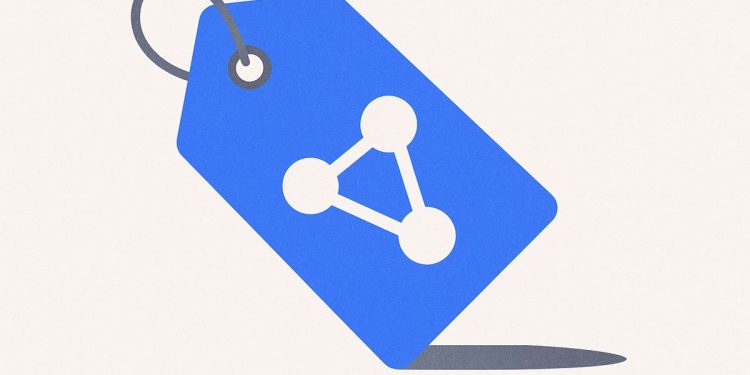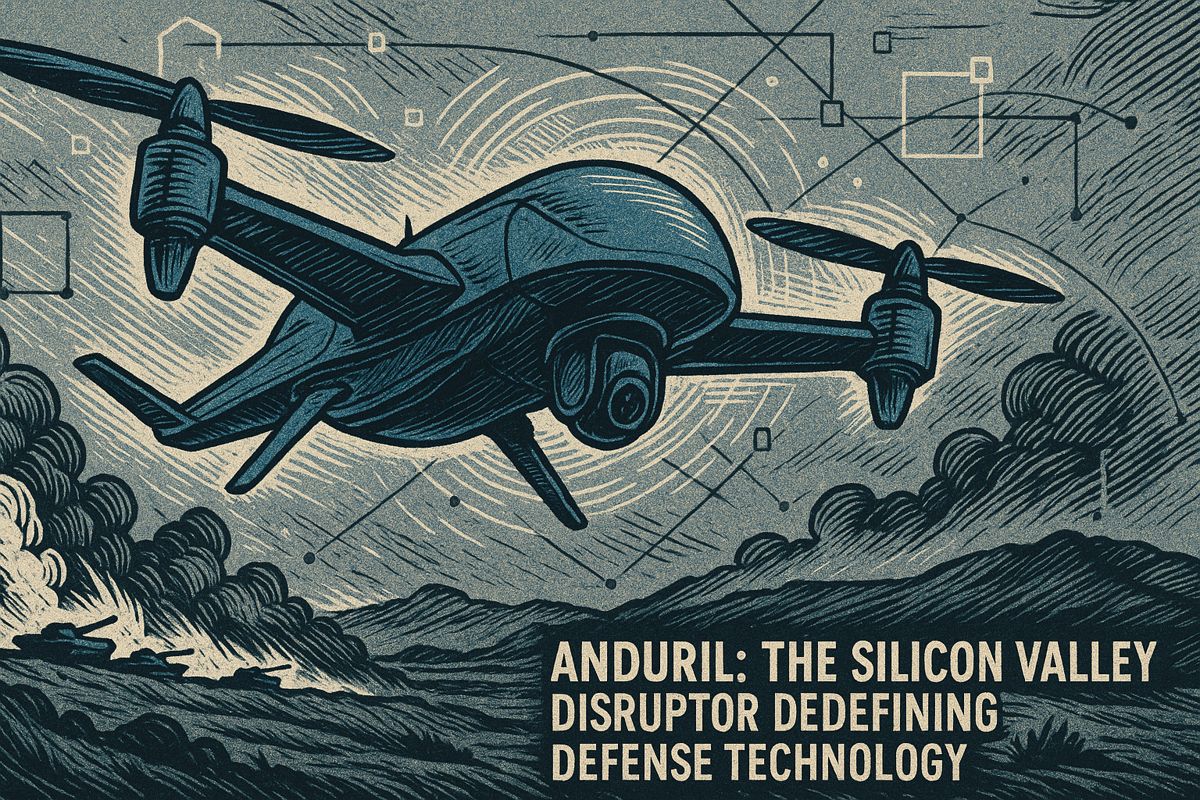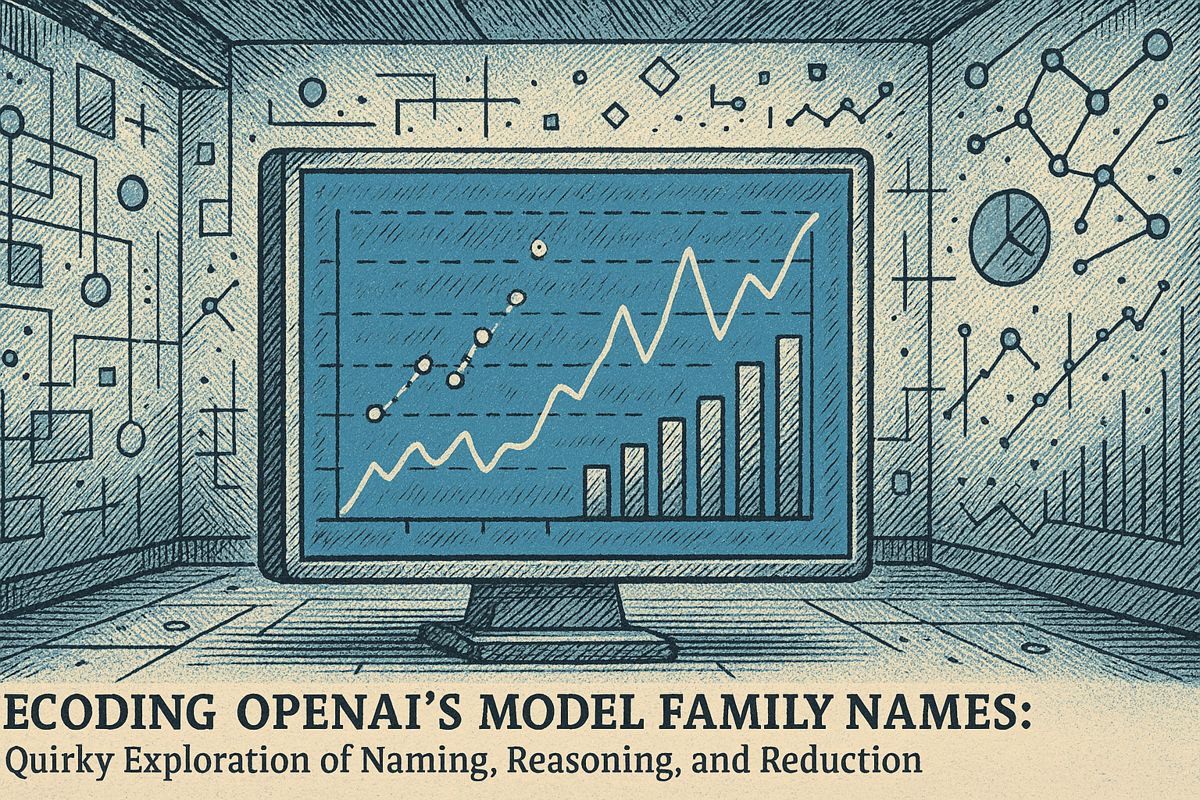Research in 2024 shows OpenAI’s ChatGPT expands its entity layer with a product graph, a development moving from theory to live code. This semantic backbone, revealed in experiments by Andrea Volpini, treats every product, brand, and person as a distinct object. It grounds answers in schema markup, streamed in real-time, fundamentally changing how large language models interact with e-commerce.
How Entity Data Travels in ChatGPT
ChatGPT’s entity layer enriches conversations by embedding structured data about products and brands. Using real-time Server-Sent Events (SSE), it streams machine-readable information, like Schema.org types, directly into the chat, enabling more accurate, detailed answers about price, availability, and specifications without manual searches.
OpenAI’s web client uses a persistent text/event-stream (SSE) to push JSON tokens containing both visible text and metadata. Analysis reveals that these tokens can carry entity objects mapped to Schema.org types like Product or Organization, a mechanism detailed in WordLift’s notes on the hidden entity layer of ChatGPT. The entity layer also stores unique IDs that persist across conversation turns, allowing the AI to recall specific products. A 2024 study by Search Engine Journal confirms that pages with valid structured data produce more stable AI snippets, proving the model prefers machine-readable signals Structured Data In 2024.
The Impact of Product Graphs on Recommendations
The introduction of product graphs significantly enhances recommendation quality. Generative retrieval models, common in modern retail search, now build suggestions token-by-token. When fed with detailed product graphs, recommendation accuracy in benchmark tests surged from 45% to 91%. Experiments by Volpini’s team showed that by crawling URLs and evaluating schema usage, AI-generated snippet consistency rose by 28%. Critically, product entities with offer details – price, currency, and availability – were automatically compiled into comparison tables for users.
From Keyword SEO to Semantic SEO
This evolution marks a clear shift from fragmented keyword strategies to entity-centric optimization. As search engines prioritize semantic clarity, brands that publish clean JSON-LD for their products gain a competitive advantage. By supplying the same fields the model expects – name, description, image, price – their inventory appears prominently in complex user queries, like “winter jackets under 150 dollars in Milan.” Developers are adopting this by using retrieval-augmented generation (RAG) to inject verified data from internal knowledge graphs, with early adopters reporting a 35% decrease in hallucinations around pricing and stock.
Future Outlook: AI and Commerce Beyond 2024
The trend points toward a deeper integration of conversational AI with e-commerce data pipelines. Stanford’s AI Index highlights this, reporting that 78% of firms used knowledge graphs to ground generative AI in 2024, a sharp increase from 51% the previous year. While open protocols may develop, the most immediate gains come from exposing clean schema, building robust product graphs, and monitoring how entity data flows through every SSE packet.
What exactly is ChatGPT’s “entity layer” and why should marketers care?
The entity layer is a live semantic graph that travels inside every ChatGPT web answer.
By sniffing the SSE stream you can see JSON blocks that tag people, places, brands and products with Schema.org IDs.
WordLift proved the layer is operational, not marketing fluff, and it decides:
- Which brand card pops up
- Whether your product is grouped with competitors
- If a follow-up question triggers a shopping module
Bottom line: if your pages lack clean schema, ChatGPT may simply ignore you.
How does the new product graph change search visibility?
Inside the same stream OpenAI now ships a product graph that mirrors Google Shopping feeds.
Each SKU is stored as a tiny knowledge graph node: name, price, availability, sameAs links.
In WordLift’s 2024 experiment, URLs with Product+Offer markup were 2.3× more likely to appear in ChatGPT’s comparison answers, pushing organic-like traffic to merchant sites without a traditional ranking stage.
Do I need to rebuild my feed or just add schema?
You can start with schema.
The graph ingests:
- Standard Schema.org Product & Offer
- Merchant Center gtin / mpn fields
- SameAs links to authoritative sources (Wikidata, Amazon, official spec sheets)
No proprietary feed format is required yet; OpenAI crawls public HTML and trusts structured data to reconcile variants.
First movers who add Offer and Review markup now get the edge while competition is still guessing.
Can this layer replace traditional keyword SEO?
No, but it shrinks its importance.
ChatGPT’s retrieval still scores pages on topical relevance, yet the final answer is assembled from entities, not keyword density.
A page that mentions “wireless earbuds” 20 times but has no Product markup rarely gets cited, while a thin but well-annotated spec sheet can dominate.
Hybrid strategy: keep solid content, wrap facts in schema, earn sameAs links.
What practical steps should I take this quarter?
- Audit schema coverage with any validator – aim for 100 % Product, Offer, Brand on listing pages
- Add sameAs to Wikidata, Google Knowledge Graph, official manufacturer URLs
- Publish review markup – the moderation layer trusts third-party opinions
- Keep feeds in sync – price and stock mismatches are flagged in-stream and can demote the entity
- Track new referrers – WordLift saw +18 % ChatGPT-driven sessions within 60 days of markup completion
Early data shows first 90 days matter: sites that implemented full product graphs in Q4 2024 captured an average 27 % share of voice in generative shopping answers before wider rollout.


















